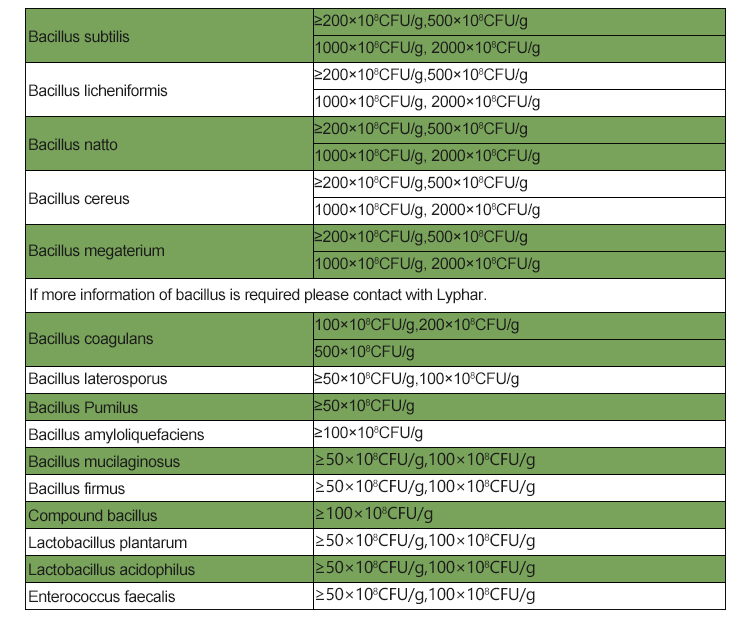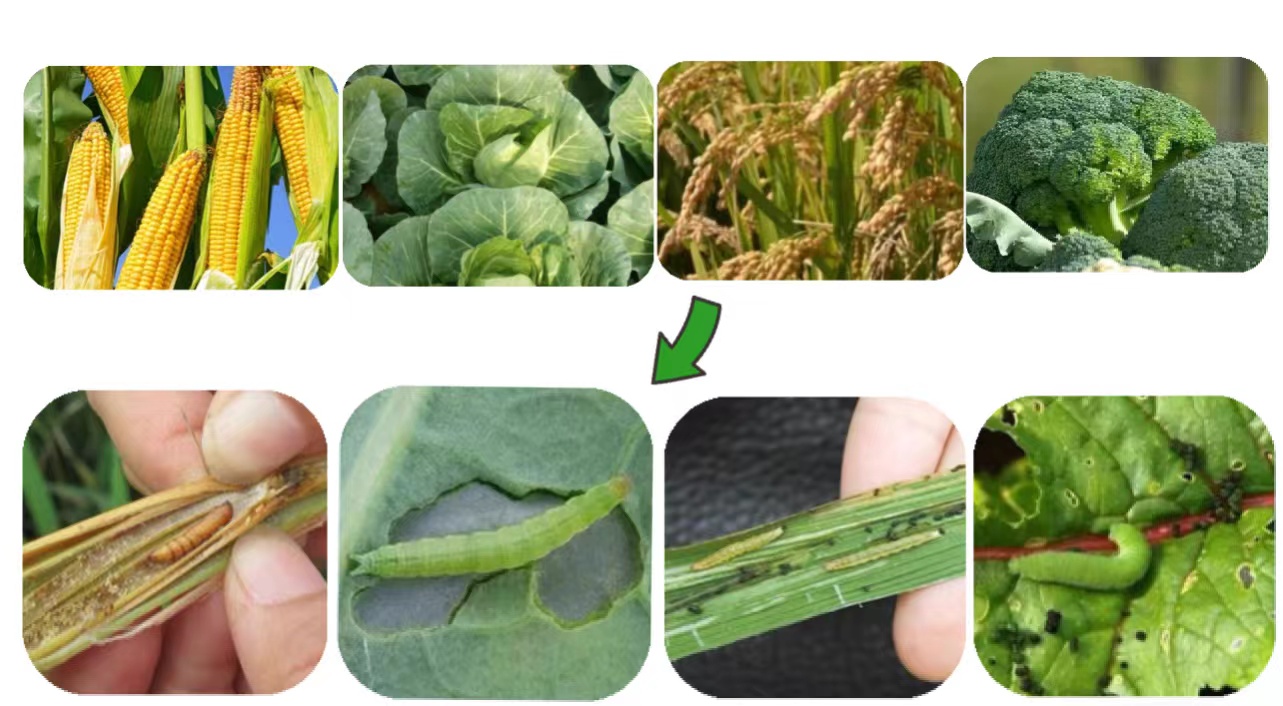Bacillus Thuringiensis (Bt) is a naturally occurring soil bacterium that produces a class of proteins known as Cry toxins or Bacillus Thuringiensis toxins. These toxins have been widely used as natural biopesticides for pest control in agriculture and forestry due to their specificity to certain insect species. While Bacillus Thuringiensis is generally considered safe for humans, animals, and the environment, there are some potential adverse effects associated with its use:

1.Non-target species: One of the main concerns with Bacillus Thuringiensis biopesticides is the possibility of harming non-target insect species, especially those closely related to the target pests. While Bacillus Thuringiensis toxins are generally selective for specific insect orders, there is a possibility that they could affect beneficial insects like bees, butterflies, and other pollinators if used improperly or excessively.
2.Development of resistance: Over time, repeated exposure to Bacillus Thuringiensis toxins can lead to the development of resistance in target insect populations. This is a common problem with any type of insecticide, and it highlights the importance of using Bacillus Thuringiensis products judiciously and in combination with other pest management strategies.
3.Environmental persistence: Some formulations of Bacillus Thuringiensis biopesticides can persist in the environment for a limited period. While Bacillus Thuringiensis breaks down naturally over time, prolonged and extensive use might lead to a buildup of the toxin, potentially impacting non-target species.
4.Allergic reactions: Although rare, some individuals may develop allergies or hypersensitivity to Bacillus Thuringiensis proteins. People who are consistently exposed to Bt through occupational settings or living near large-scale Bacillus Thuringiensis-treated fields may be at a higher risk.
5.Inhalation risk: In occupational settings or during application, there is a potential risk of inhaling Bacillus Thuringiensis spores or toxins. While inhalation exposure is not a common route of exposure, it could cause respiratory irritation or other adverse effects.
6.Unknown long-term effects: As with any relatively new technology, there might be long-term effects that are not yet fully understood. Continuous monitoring and research are essential to evaluate the safety of Bacillus Thuringiensis products over time.
It’s important to note that Bacillus Thuringiensis has been used for decades with an overall favorable safety profile. When used according to label instructions and integrated pest management principles, Bacillus Thuringiensis products can be an effective and environmentally friendly option for pest control. Nonetheless, like any pesticide, they should be used with caution, and their usage should be based on scientific evidence and regulatory guidelines.

Efficacy of Bacillus Thuringiensis
Bacillus Thuringiensis (Bt) is a naturally occurring soil bacterium that produces crystalline proteins called δ-endotoxins, commonly known as Bacillus Thuringiensis toxins. These toxins are highly effective against various insect pests and are widely used in organic and conventional agriculture as biopesticides. The efficacy of Bacillus Thuringiensis as a pest control agent depends on several factors:
Target Insect Species: Bacillus Thuringiensis is specific to certain insect orders like Lepidoptera (moths and butterflies), Diptera (flies and mosquitoes), and Coleoptera (beetles). It is generally not harmful to beneficial insects, mammals, birds, or humans. The efficacy of Bacillus Thuringiensis will depend on whether the target pest is susceptible to the particular Bt toxin used.
Bt Strain and Toxin: Different strains of Bacillus Thuringiensis produce different types of toxins, and their efficacy can vary depending on the target insect. For example, Bt kurstaki (Btk) is effective against caterpillar larvae, while Bacillus Thuringiensis israelensis (Bti) is used to control mosquito and black fly larvae in standing water.
Environmental Factors: Bacillus Thuringiensis is sensitive to environmental conditions such as sunlight, pH, and temperature. Its effectiveness may be reduced under certain conditions, so proper application and timing are important for optimal results.
Pest Density: The efficacy of Bacillus Thuringiensis can be influenced by the density of the target insect population. In cases of heavy infestations, repeated applications might be necessary.
Resistance Management: Prolonged and exclusive use of Bacillus Thuringiensis toxins can lead to the development of resistance in some insect populations. To manage resistance, it’s essential to rotate Bacillus Thuringiensis toxins with other pest control methods and products.
Application Method: The efficacy of Bacillus Thuringiensis can be affected by the method of application. It is commonly applied as a spray or dust on plant foliage or as granules in the soil for certain pests.

Overall, Bacillus Thuringiensis has proven to be an effective and environmentally friendly pest control agent when used appropriately and in conjunction with other integrated pest management practices. Its selectivity for specific insect groups and minimal impact on non-target organisms make it a valuable tool in sustainable agriculture and pest control programs. However, as with any pest control method, it should be used judiciously to avoid potential issues of resistance development and to maintain its long-term efficacy.
